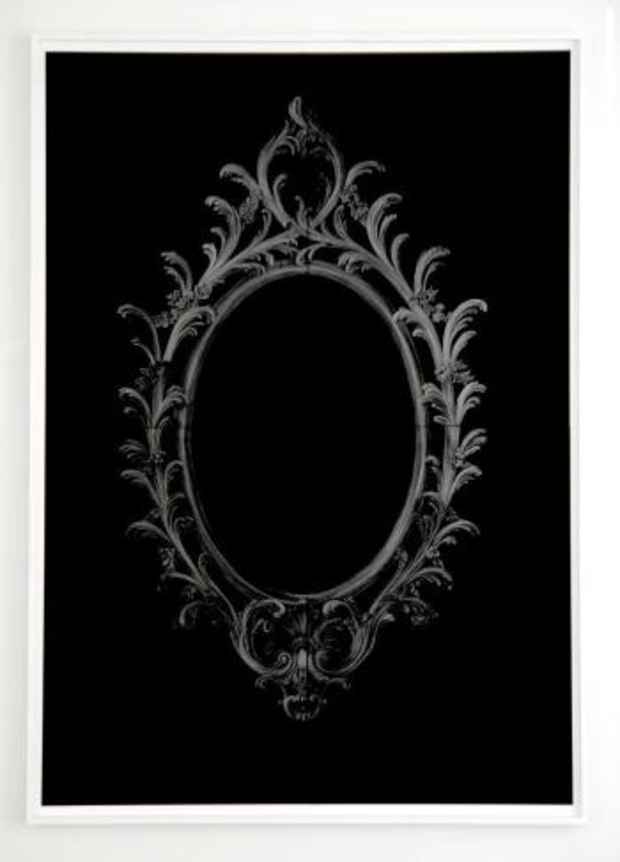"Now Through a Glass Darkly" Exhibition
Arario Gallery

This event has ended.
The exhibition takes its title from the 1990 book by Edward Peter Nolan, Now Through a Glass Darkly: Specular Images of Being and Knowing from Virgil to Chaucer (University of Michigan Press), in which Nolan examines the ways in which medieval authors and their Roman predecessors used the image of the mirror both as instrument and metaphor. The thesis turns on the interpretation of the phrase from the first letter of Paul to the Corinthians 13: 12, “for now we see through a glass, darkly.” The phrase is broadly interpreted as meaning that mankind has an imperfect perception of reality. However, an alternative interpretation – as advocated by Nolan – would emphasize that we are living in dark times. For this exhibition, Nolan’s literary analysis is applied to the realm of contemporary visual art. The phrase is interpreted literally through artists that use or depict dark mirrors or glass in various forms in their work; metaphorically through artists who depict a dark worldview or personal view; or a combination of the two.
Aleksandar Duravcevic’s graphite drawings on black paper and installations utilizing various forms of mirror and glass are infused with nostalgia and beauty, yet hint at darker influences, both historical and personal. Jason Gringler’s large-scale abstractions utilize industrial materials, including cut Plexiglas and mirrors to create a disquieting visual experience. Paul Jacobsen’s charcoal drawings explore a post- apocalyptic, quasi-utopian world and society, where all is not usually as it seems. Through the use of visually seductive patterns that are infected with a bittersweet or even sinister dimension, Jitish Kallat reveals how the density and chaos of the urban landscape-in-collapse mirrors and focuses individual themes of death and survival. Kim Keever builds and photographs entire worlds in a fishtank, viewed through the smudged glass of the fishtank, depicting either the end of time or the beginning. Dongwook Lee’s sculptures of miniaturized human forms in desperate situations evoke a fetishized vision of the antithesis of the renaissance spirit, with man resigned to his powerlessness. Coal dust silkscreens by Glenn Ligon are course reflections of his “outsider” position as a black artist in America. Out of simple optical illusions with glass, mirrors and light, Ivan Navarro’s elegant constructions belie their sharp and evocative social commentary. Ylva Ogland delves into the intersection between the fantasy world within the mirror and the real world outside of the mirror and how these images interact with her own memories. Tallur LN’s gritty mixed-media sculptures reveal the absurdities in the contrasts between urban chaos and rural values. Andy Warhol’s beautiful and enigmatic Diamond Dust Shadows paintings evoke both glamour and mystery, probing the murky intersection of the two. Cornell DeWitt is a private dealer and advisor based in New York.
[Image: Aleksandar Duravcevic "Welcome-Mirror" (2008) Graphite on paper 80 x 57 in.]
Media
Schedule
from May 06, 2010 to June 26, 2010